What is a flip-up tying trap?
Springs are basically used for tying traps. The types of springs used are push springs, pull springs, and torsion springs (pine needle springs). Of these springs, the spring is compressed when the trap is set, and the force of the spring that expands when activated is used to capture the trap. In the case of a spring that uses a push spring, it can be divided into "horizontal pull type", "vertical pull type", and "flip-up type" depending on the direction in which the tying trap operates.A: Horizontal pulling type
In this method, the direction in which the compression spring extends during operation is the horizontal direction (parallel to the ground).Compared to the vertical pull type, there is no height during operation, so the wire loop (snare) that binds the foot tends to get caught on the tip of the foot. Therefore, the catch rate is lower than vertical pulling, and air repelling is more likely to occur.
If the tied wire is positioned at the tip of the foot, the leg can easily slip out of the wire, which is dangerous, so some people prefer the vertical pull type. On the other hand, the advantage of the horizontal pulling type is that the device is simple, easy to make, and does not require much work. There are many people who say, "I've tried a lot of things, but the horizontal pulling method is the simplest and easiest to use."
B: Vertical pulling type
In this method, the direction in which the compression spring extends during operation is the vertical direction (perpendicular to the ground). Since the height can be increased when activated, the wire is deeply hooked, and there is an advantage that the leg caught in the trap does not come out easily, so it tends to be preferred by experts.The height of the position where the legs are tied is generally in the order of vertical pulling type > flip-up type > horizontal pulling type. * Of course, it varies greatly depending on the device and installation conditions.
On the other hand, the vertical pulling type requires burying various devices in the ground, so it takes time to dig a hole. In particular, when the ground is hard and difficult to dig, when there are many roots and it is not possible to dig deep, or when the soil is prone to collapse, it takes a lot of time and effort. Therefore, the difficulty is that the installation location is limited.
Also, since it takes time to set up, it is easy for humans to remain, and beasts may be wary. Deer aren't that great, but some wild boars are smart and highly vigilant. In the case of such wild boars, some individuals notice the location of the trap and change their path, avoid it, or even dig it up. *Of course, there are large individual differences.
C: flip-up type
This method is used in combination with a "footboard" with a frame for attaching a wire loop (snare). The operating direction of the spring is the same as that of the horizontal pull type, but when it is activated, the frame rises and it is possible to wrap the upper part of the leg. Please watch the video below for easy understanding.In general, there are many types of flip-up types that require digging work, but since the operating part of the spring does not need to be buried in the ground, there are fewer restrictions on the place to set it than the vertical pull type, and it takes time and effort. not. The disadvantage is that the trap will not work properly if the movement of the frame is hindered.
To prevent this, do not bury the treads completely in the ground, but cover them slightly with soil and leaves. However, doing so makes it difficult to completely hide the traces of the set, so there is a risk of being noticed by highly cautious individuals.
However, it also has the advantage of being easy for beginners to get used to, and many people have received lectures from masters and teachers using the flip-up method.
So which type would you recommend?
As mentioned above, there are various types of tying traps, each with advantages and disadvantages, but which type should you choose?
In conclusion, the best thing to do is to use traps that you are familiar with regardless of type. No matter what type you use, you will understand the peculiarities and tricks. Also, depending on your experience, you can customize it for improvement, and I think that kind of trap will have the highest catch rate.
If you are a beginner, or if you are not particularly particular but would like to use a different trap, we recommend the flip-up type, which has the best balance among the above three types. There are various types of flip-up tying traps on the market, but it is best to choose one that has a simple mechanism and is not too expensive.
If you buy a ready-made product, there are cases where you can see the results of catching and the impressions of using it on the page sold on the Internet, so I think it will be a reference when considering it.
Inohoi's recommended flip-up tying trap
At our store, we have prepared two types of traps: one that uses a traditional wooden board, and one that is good value for money and is recommended for multiple installations.- old fashioned basic type
- Resin type with good cost performance
The standard type uses metal rails and wooden footboards placed on a PVC pedestal buried in the soil. The PVC pedestal has a hole for inserting a toothpick, and you can adjust the load that activates the trap with the number of toothpicks. The resin type is recommended for those who install a lot because the price is cheap.
Many people use it by making their own spring parts. Popularity spreads by word of mouth, and it is a trap that is widely popular from beginners to experts.
*The maximum number of tying traps that can be set is 30 due to regulations. After installation, you will need to look around, so keep the number of installations within a manageable range.
summary
This time, I explained the characteristics of each type of trap. Especially when the target is wild boar, I think that capture by tying traps will continue to fail at first. The type of trap you choose is of course important, but it is also important to turn the PDCA cycle according to the situation.
Each hunter has their own preferences, so it is not possible to say which type is the correct answer, but each has advantages and disadvantages, so it is a good idea to understand them. Also, the catch rate will change greatly depending on the selection of the place to set and the technique, so if you have seniors or advanced players around you, it would be good to hear their opinions.
See also this article>> Title for catching wild boars

 箱罠
箱罠
 くくり罠
くくり罠
 パーツ類
パーツ類
 電気柵
電気柵
 自作キット
自作キット
 防獣グッズ
防獣グッズ
 監視カメラ
監視カメラ

![[Explanation step-by-step] From catching wild boars by tying traps to catching them alive](http://inohoi.jp/cdn/shop/articles/inoshishi_1_-min_520x500_520x500_520x500_520x500_4420c9dd-b9d3-4280-ac59-33eb8c1d1501.jpg?v=1759380216&width=750)
![[Must-see for beginners! ] Understand the prohibitions of tying traps and avoid violations](http://inohoi.jp/cdn/shop/articles/2021-09-14T184734.623_520x500_3bf471f0-297d-44cf-94a9-c2cbbadf24a6.jpg?v=1738827745&width=750)
![[Thorough Explanation] What are the characteristics of Kukuri Trap and how to raise results?](http://inohoi.jp/cdn/shop/articles/kukuriwana_1_520x500_ea2f5086-8d8e-48d1-b6d5-7b01ac8ea71a.jpg?v=1738827770&width=750)
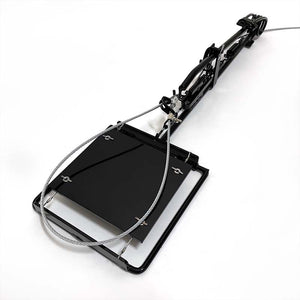
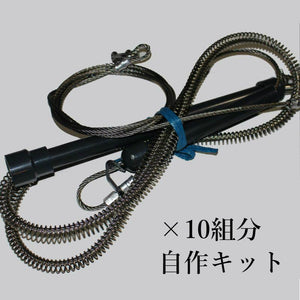
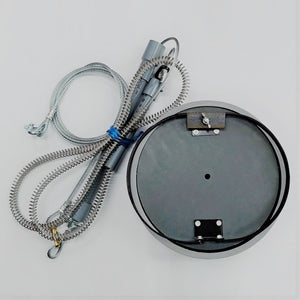
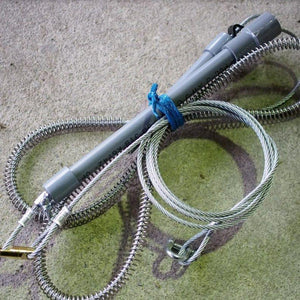
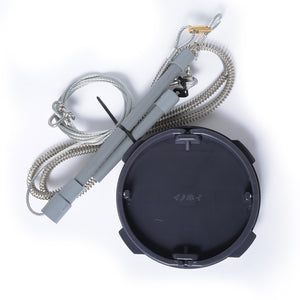
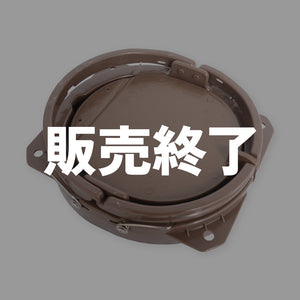

 box trap
box trap
 tying trap
tying trap
 enclosure trap
enclosure trap
 Prevention and avoidance goods
Prevention and avoidance goods
 electric fence
electric fence
 trap surveillance camera
trap surveillance camera
 transportation goods
transportation goods
 Trap detection sensor
Trap detection sensor
 hunting supplies
hunting supplies
 hunting books
hunting books
 Anti-bird goods
Anti-bird goods
 Agricultural materials/machinery
Agricultural materials/machinery
 boar
boar
 deer
deer
 Kyon
Kyon
 monkey
monkey
 raccoon
raccoon
 Badger
Badger
 palm civet
palm civet
 raccoon dog
raccoon dog
 nutria
nutria
 mouse or rat
mouse or rat
 Mole
Mole
 bear
bear
 pigeon
pigeon
 Crow
Crow







